In the world of Optical Network Units (ONUs), two common terms that often come up are HGU (Home Gateway Unit) and SFU (Single Family Unit). These two terms refer to different types of ONUs, each with its own unique features and functionalities. In this blog post, we will explore the key differences between HGU and SFU in the context of ONU technology.
HGU: Home Gateway Unit
An HGU, or Home Gateway Unit, is a type of ONU that is designed to serve as a central hub for residential network connectivity. It is typically used in multi-dwelling units (MDUs) such as apartment buildings or condominiums, where multiple users need access to high-speed internet and other network services. The primary function of an HGU is to aggregate and distribute network traffic within the residential environment.
Key Features of HGU:
- Aggregation: An HGU is capable of aggregating traffic from multiple end-user devices within the residential network, allowing for efficient data transmission and management.
- Routing: HGU devices often include built-in routing capabilities, enabling them to manage the flow of data between the local network and the wider internet.
- Wi-Fi Support: Many HGUs come equipped with integrated Wi-Fi capabilities, providing wireless connectivity for end-user devices within the home.
Use Cases for HGU:
- Providing high-speed internet access to multiple users within an apartment building or condominium.
- Enabling the distribution of IPTV (Internet Protocol Television) and other multimedia services to residential subscribers.
- Facilitating the deployment of smart home and IoT (Internet of Things) devices within a residential environment.
SFU: Single Family Unit
On the other hand, an SFU, or Single Family Unit, is a type of ONU that is specifically designed for individual residential units, such as single-family homes or small office environments. Unlike an HGU, an SFU is intended to serve a single user or a small group of users within a standalone dwelling.
Key Features of SFU:
- Individual Connectivity: An SFU provides dedicated connectivity for a single residential unit, ensuring that network resources are not shared among multiple users.
- Simplified Configuration: SFU devices are often designed for easy installation and setup, making them suitable for standalone residential deployments.
- Basic Networking Functions: While SFUs may not have advanced routing capabilities, they typically support essential networking functions such as data transmission and basic security features.
Use Cases for SFU:
- Providing high-speed internet access to a single-family home or small office.
- Supporting the connectivity needs of remote workers or telecommuters who require reliable network access from their residential location.
- Enabling the deployment of basic smart home devices and IoT applications within a standalone residential environment.
Key Differences Between HGU and SFU
Now that we have explored the basic characteristics of HGU and SFU ONUs, let’s highlight some key differences between these two types of devices:
- Integrated Functionality:
- HGU: Often includes advanced features such as routing and Wi-Fi support.
- SFU: Focuses on providing basic networking functions tailored to individual residential deployments.
- Functional differences:
- HGU (Home Gateway Unit) is mainly responsible for providing access services to home users, including routing, wireless connectivity, VoIP, and other functions. It is the home gateway device that connects user terminal devices to the fiber optic network.
- SFU (Service Frame Unit) is mainly responsible for providing various value-added service frameworks, such as IPTV, VoD, video conferencing, and other service platforms. It is the service framework device located on the operator’s network side.
- Location differences:
- HGU is deployed at the user end, connecting the fiber optic network and home devices.
- SFU is deployed on the operator’s network side, providing value-added services to users.
- Network topology differences:
- HGU is a point-to-point network device that serves a single user.
- SFU is a point-to-multipoint network device that serves multiple users.
In summary, the HGU is responsible for home access and gateway functions, while the SFU is responsible for the operator’s value-added service platform. They play different roles in the ONU network. I hope this explanation helps. If you have any other questions, feel free to ask.



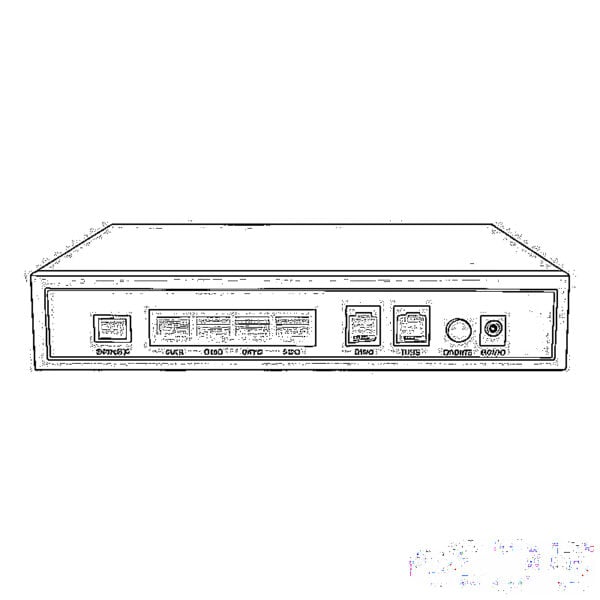
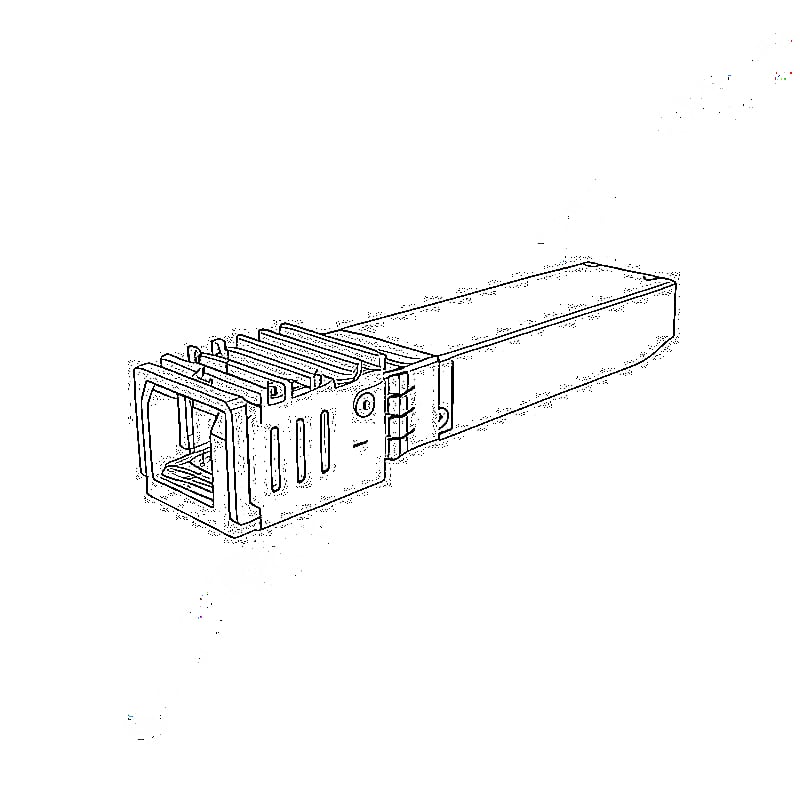
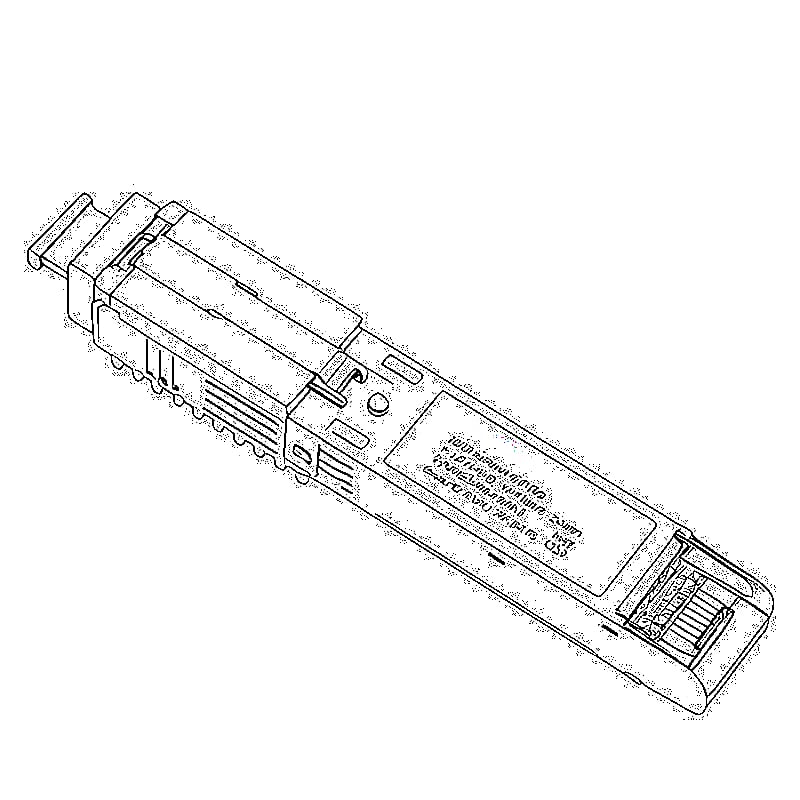
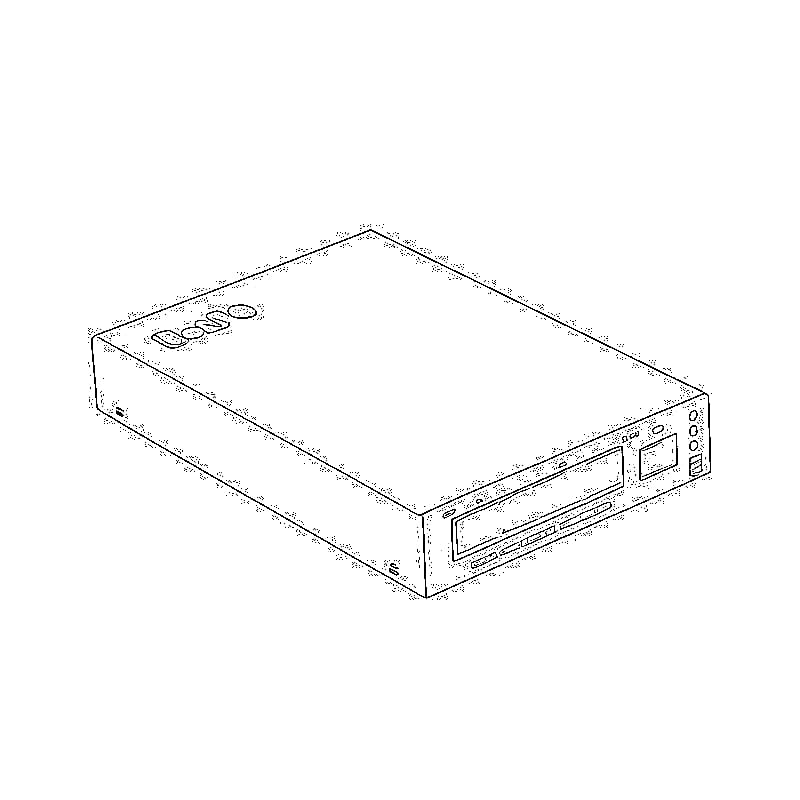
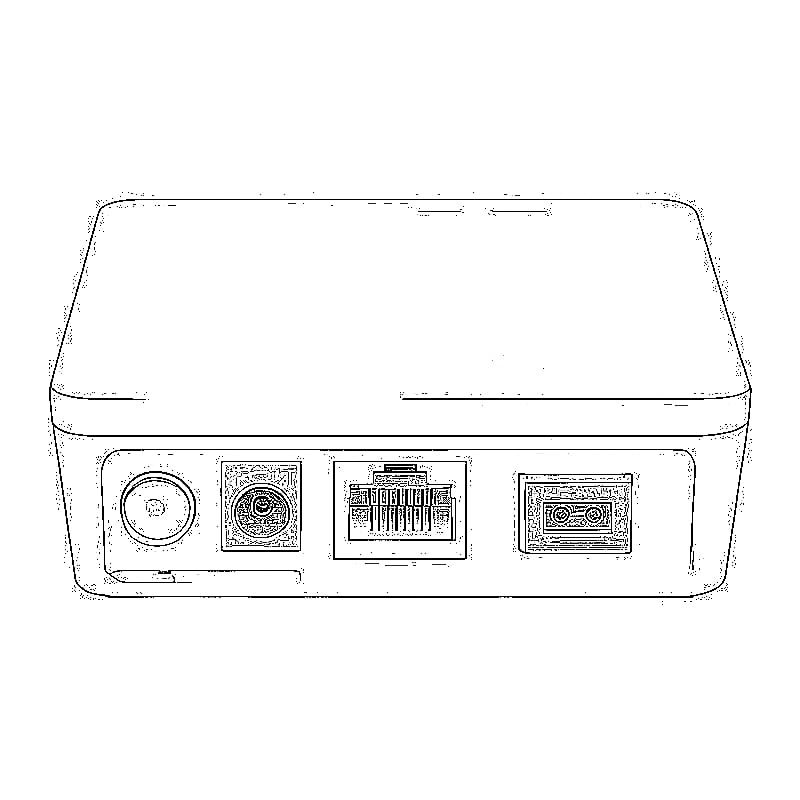
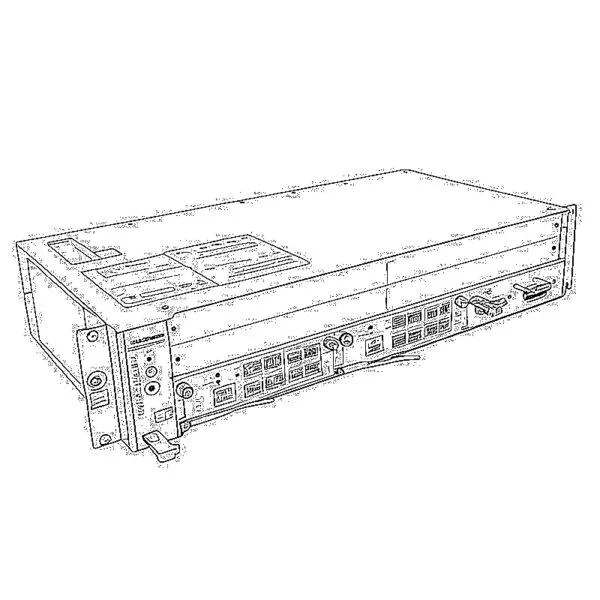
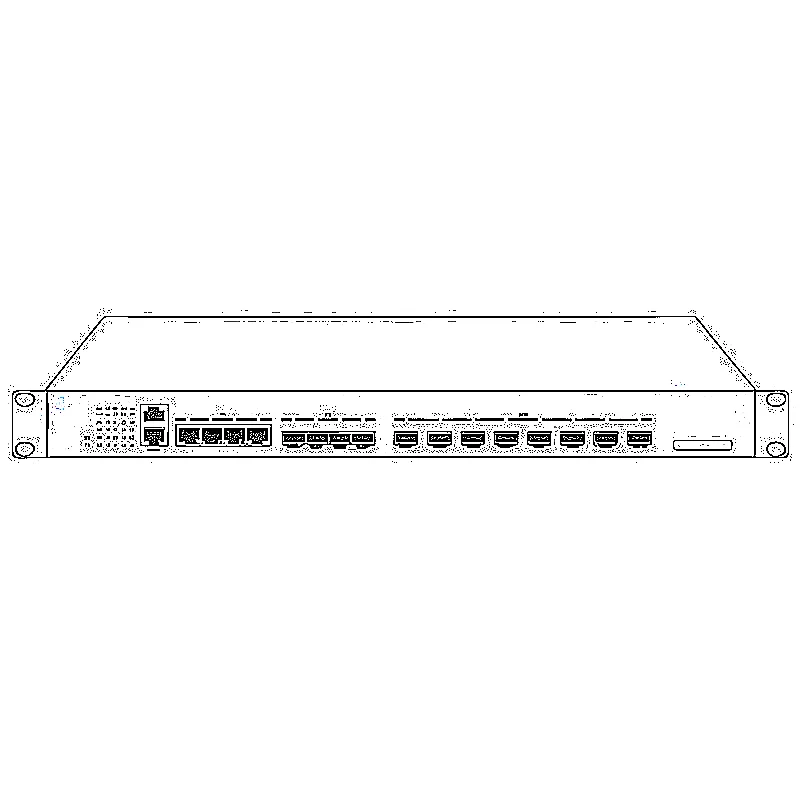
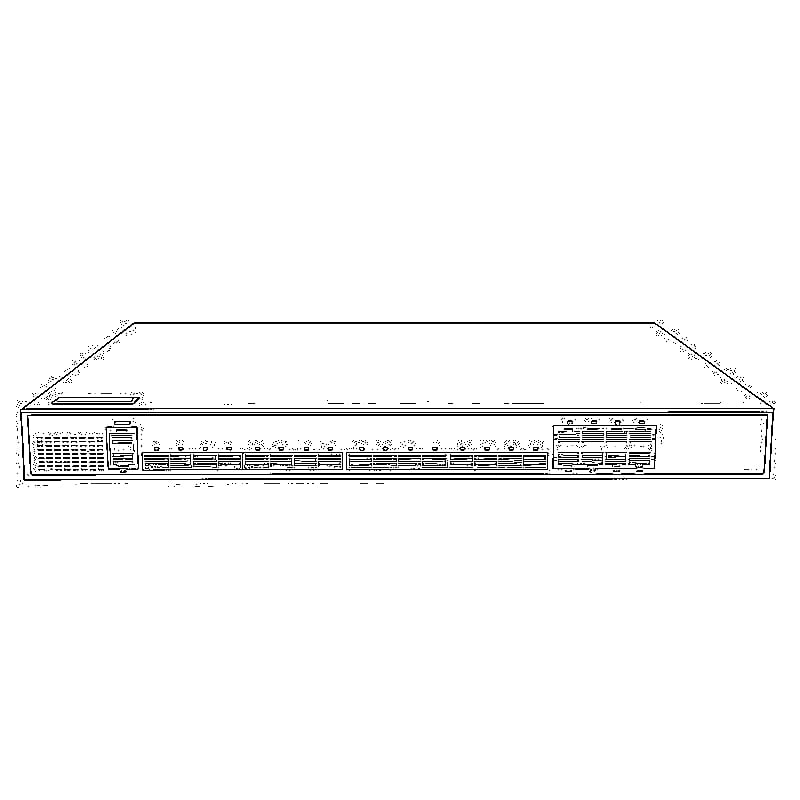

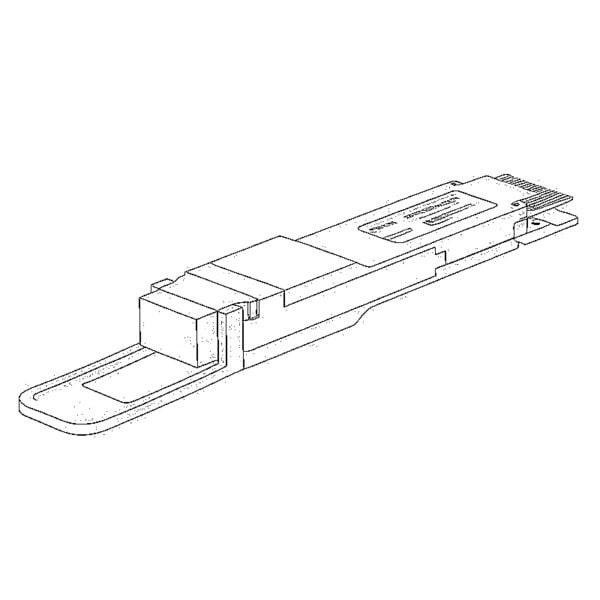
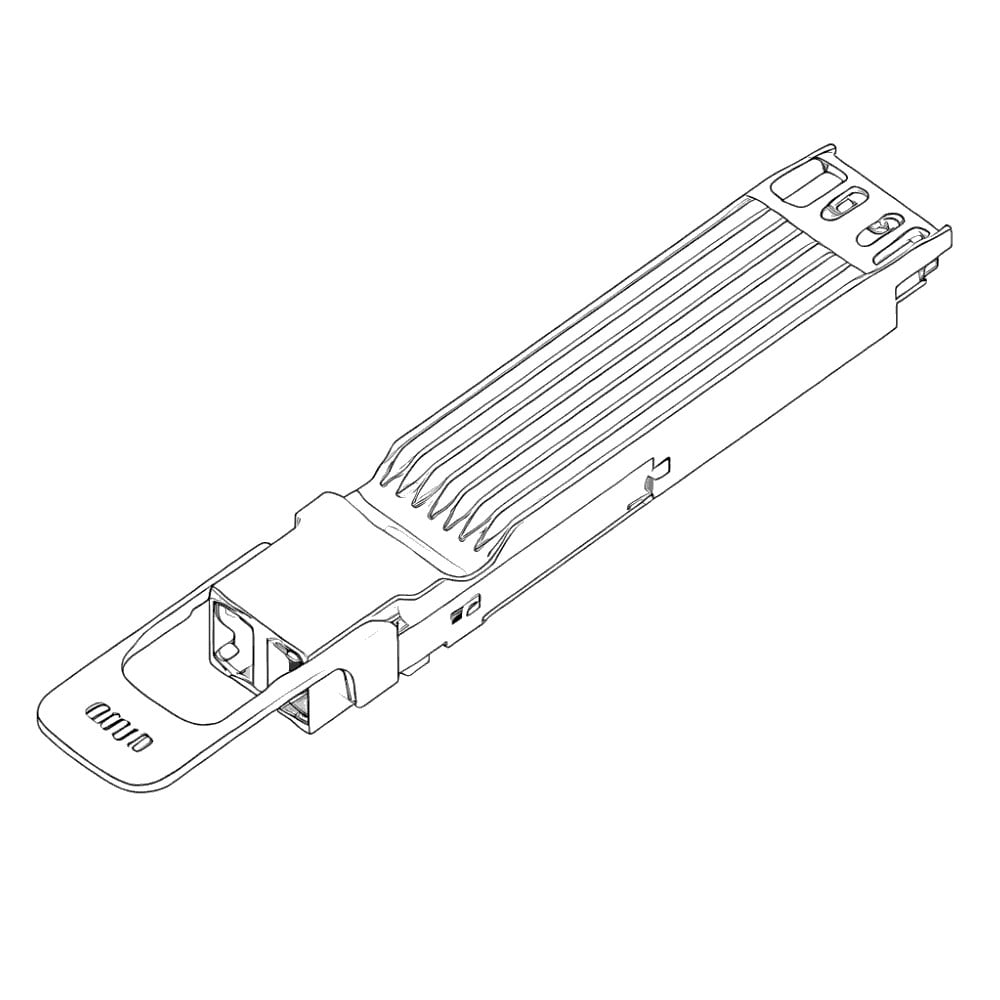
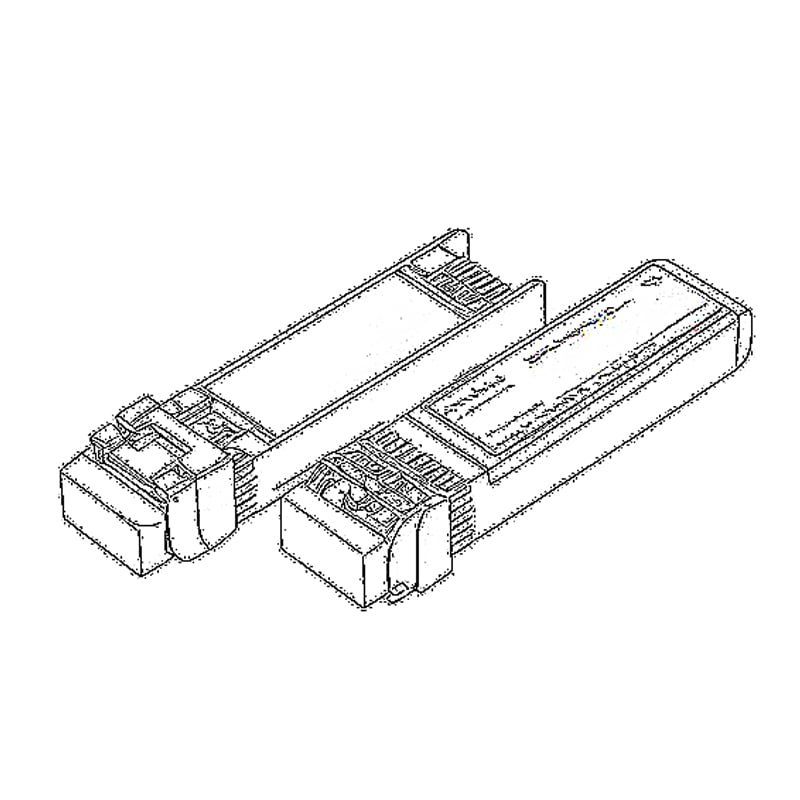



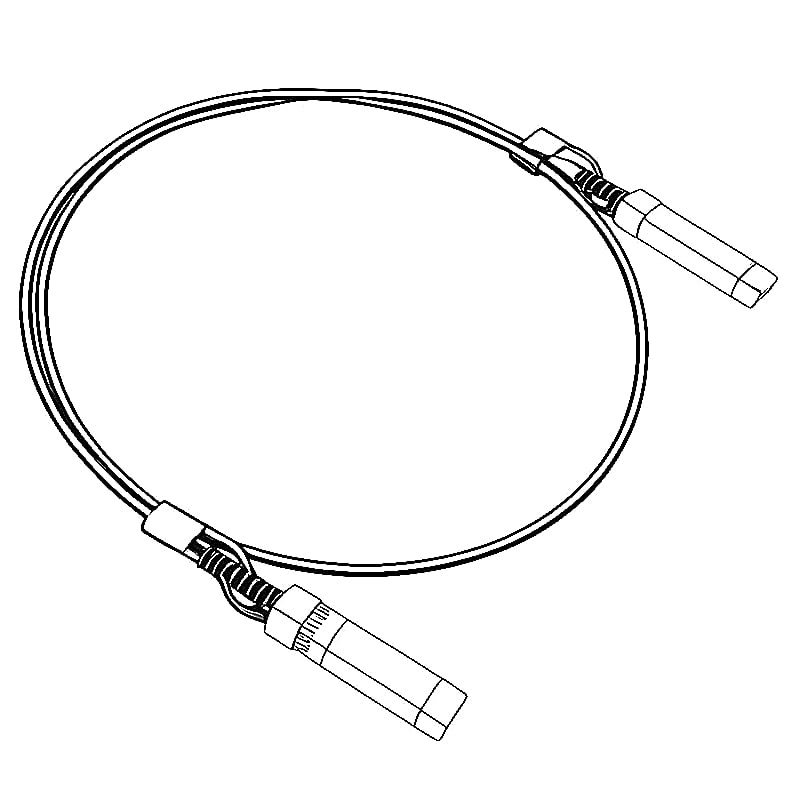
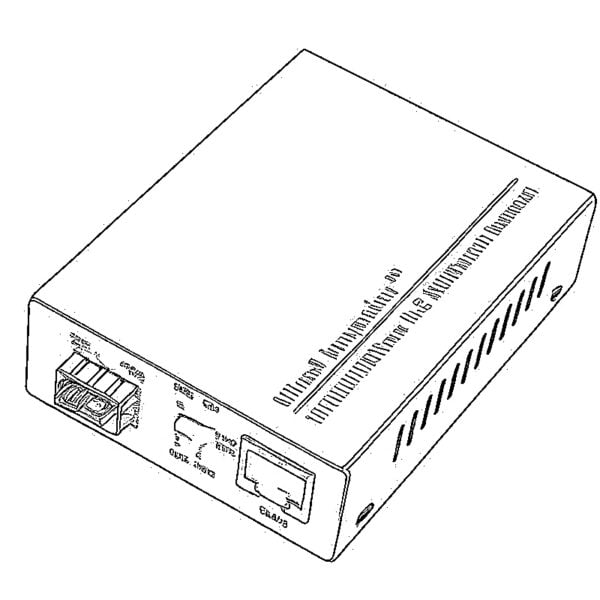
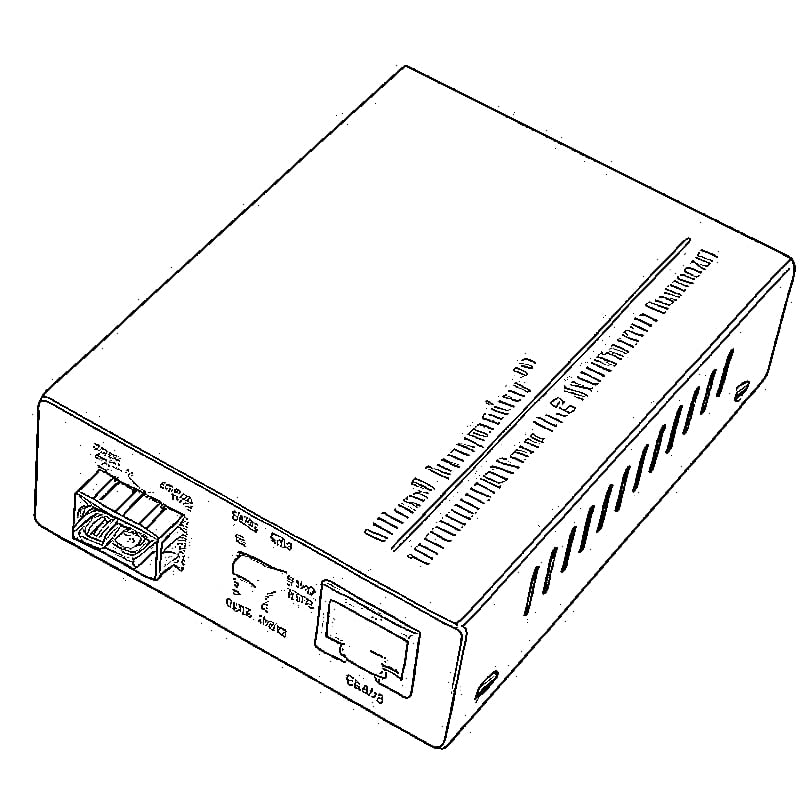
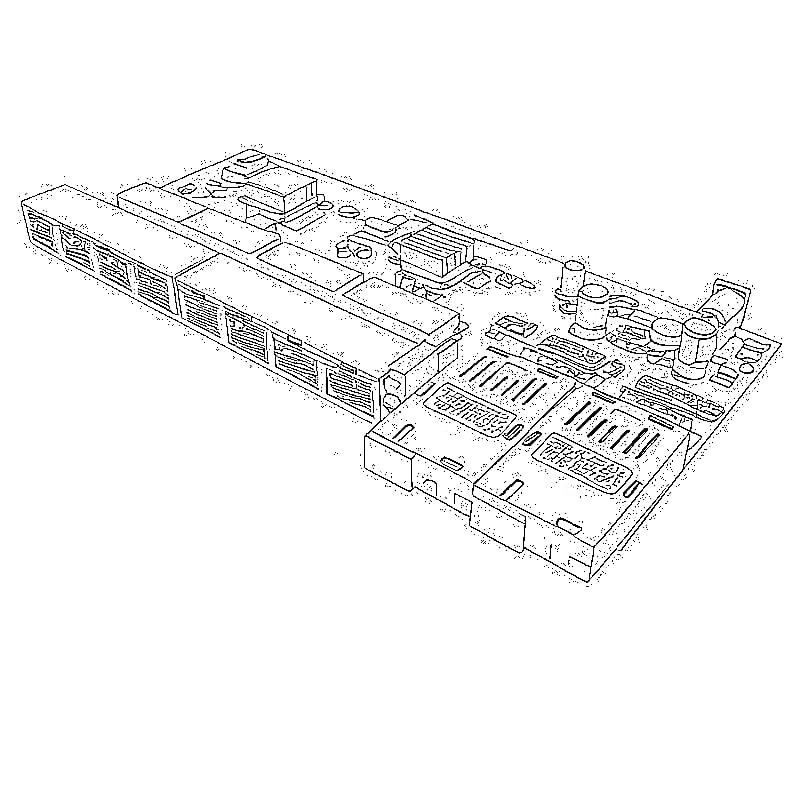
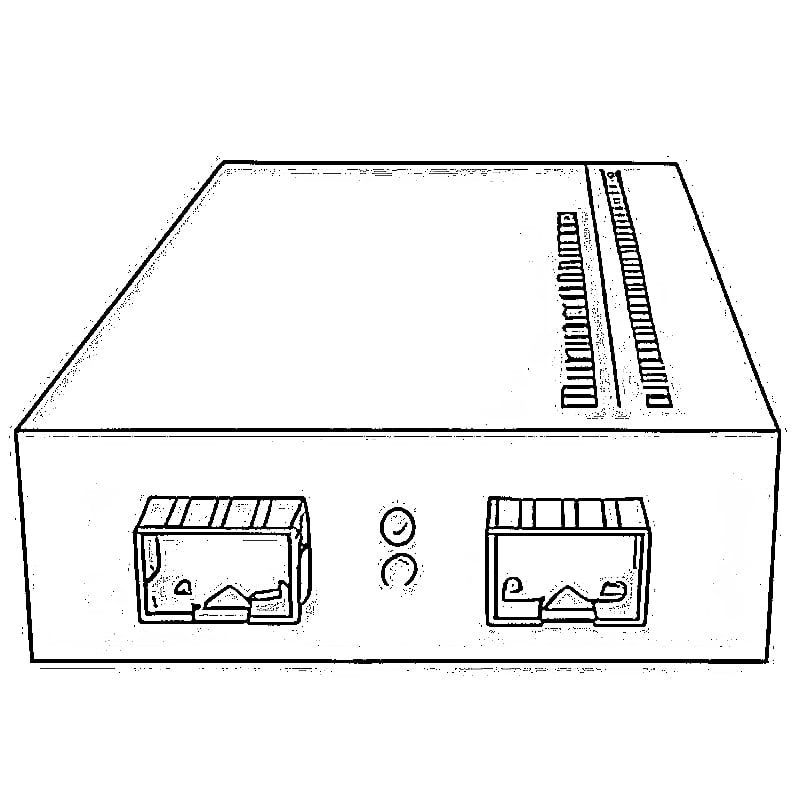
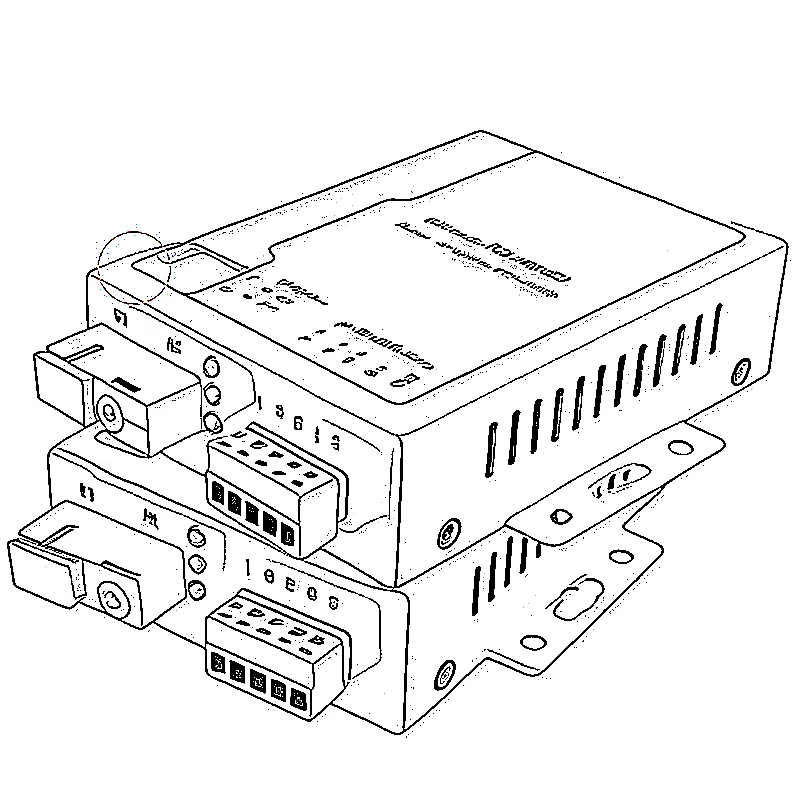
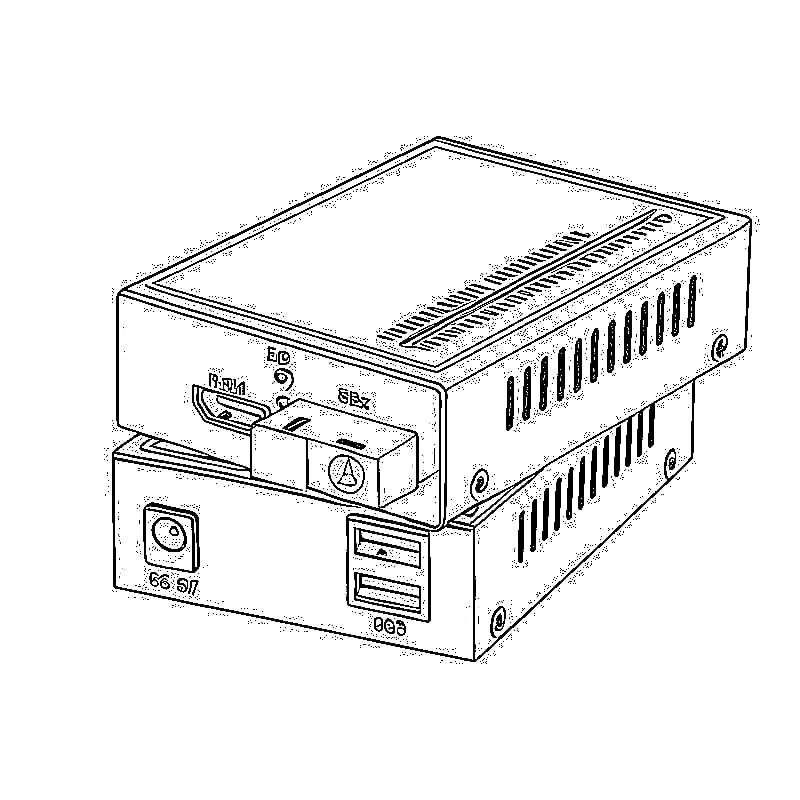

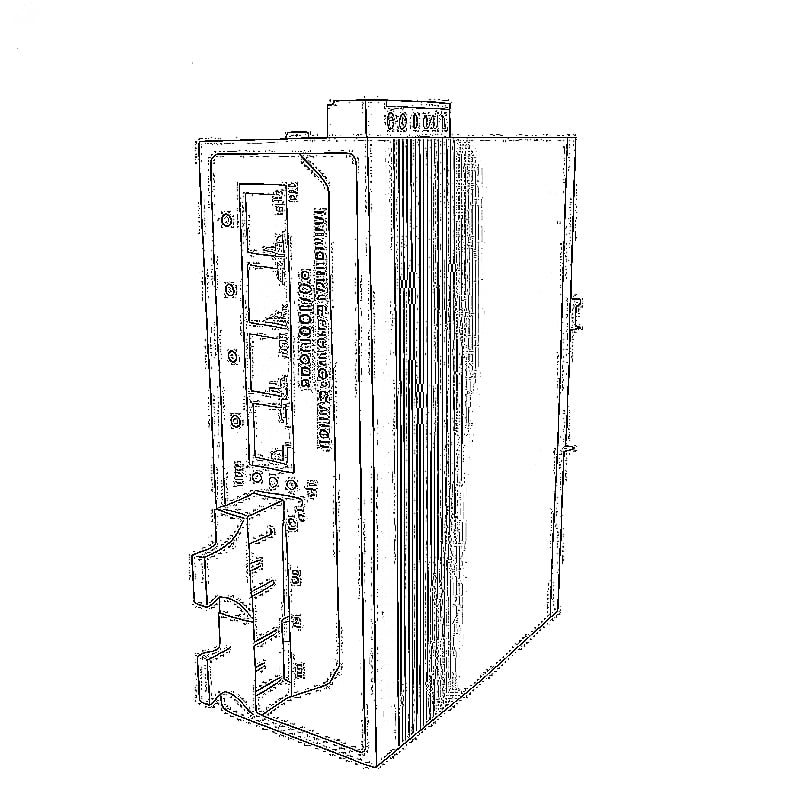
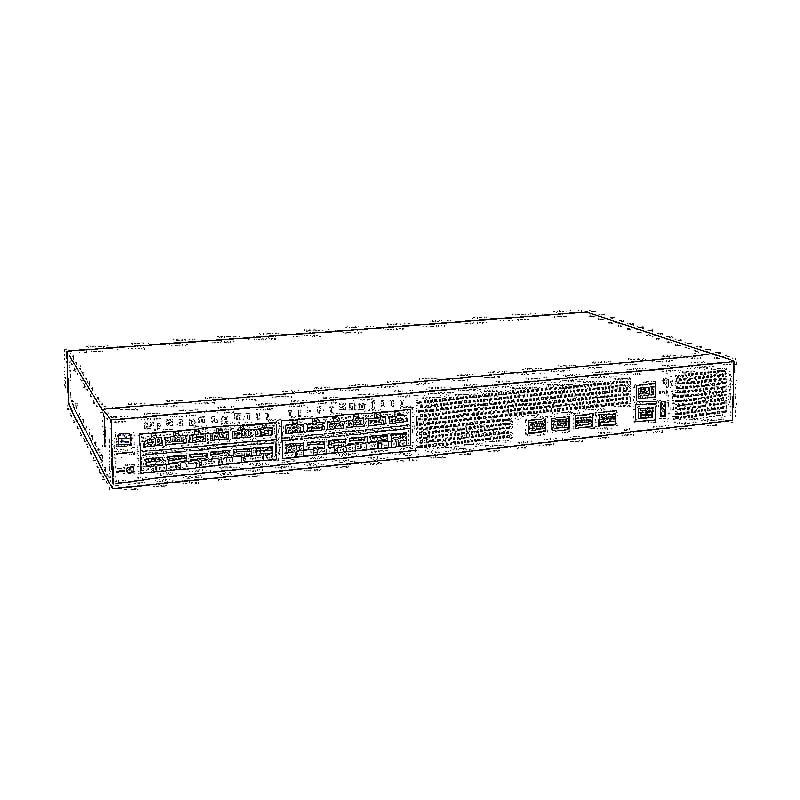
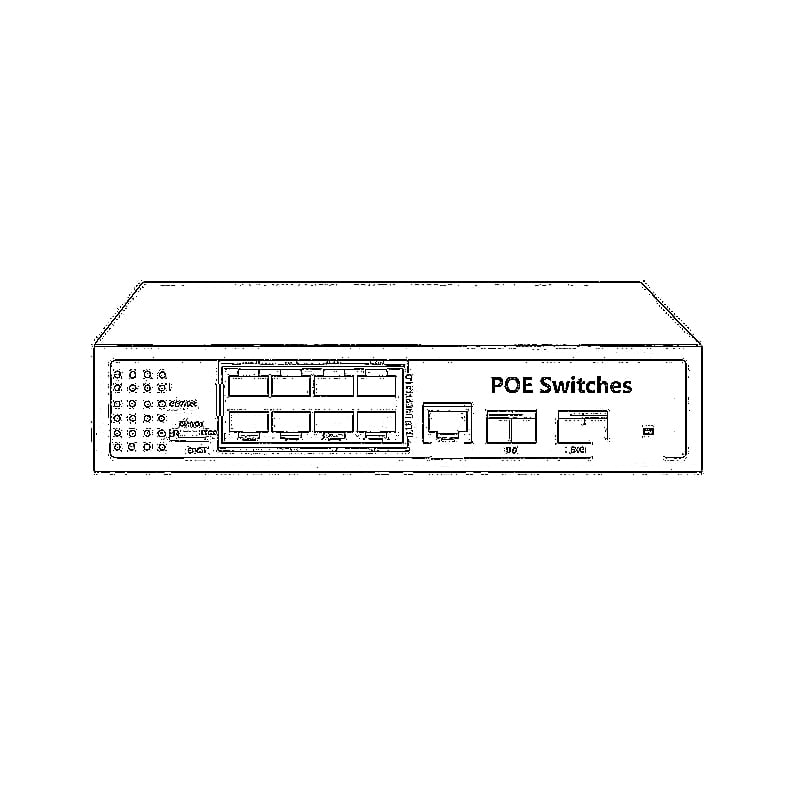
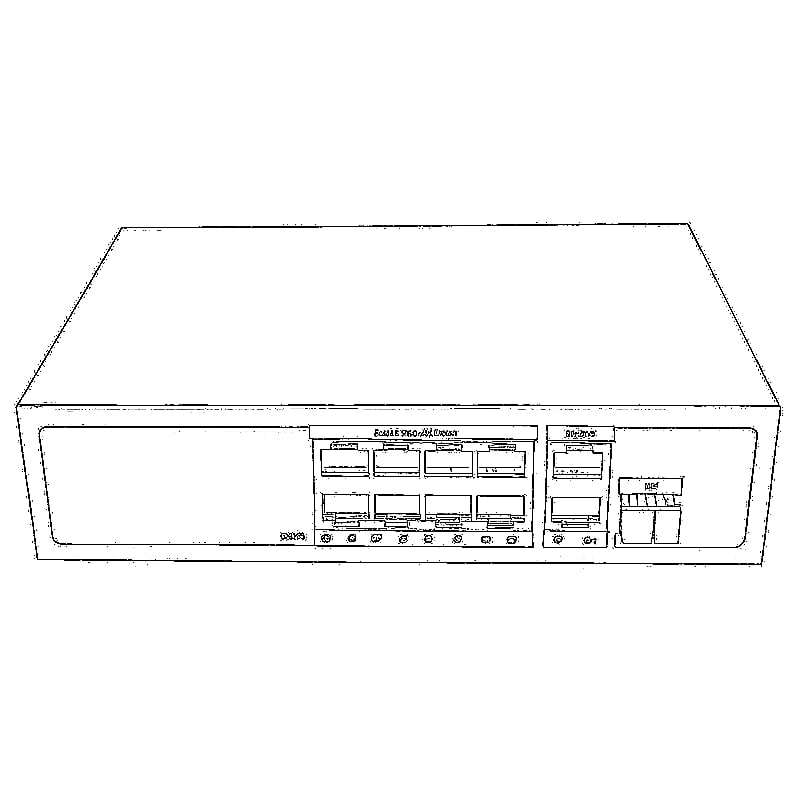


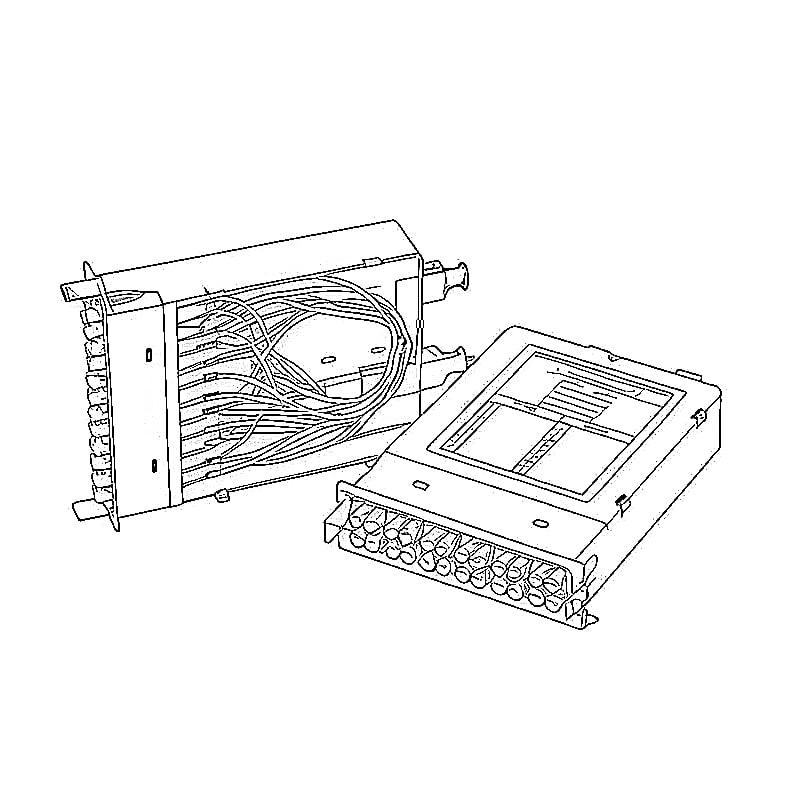
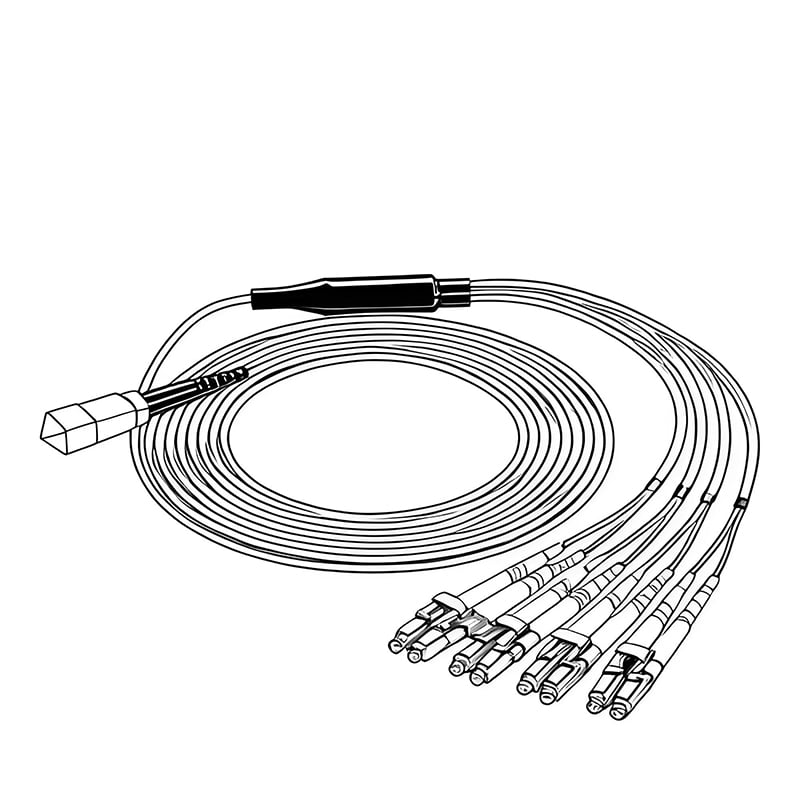
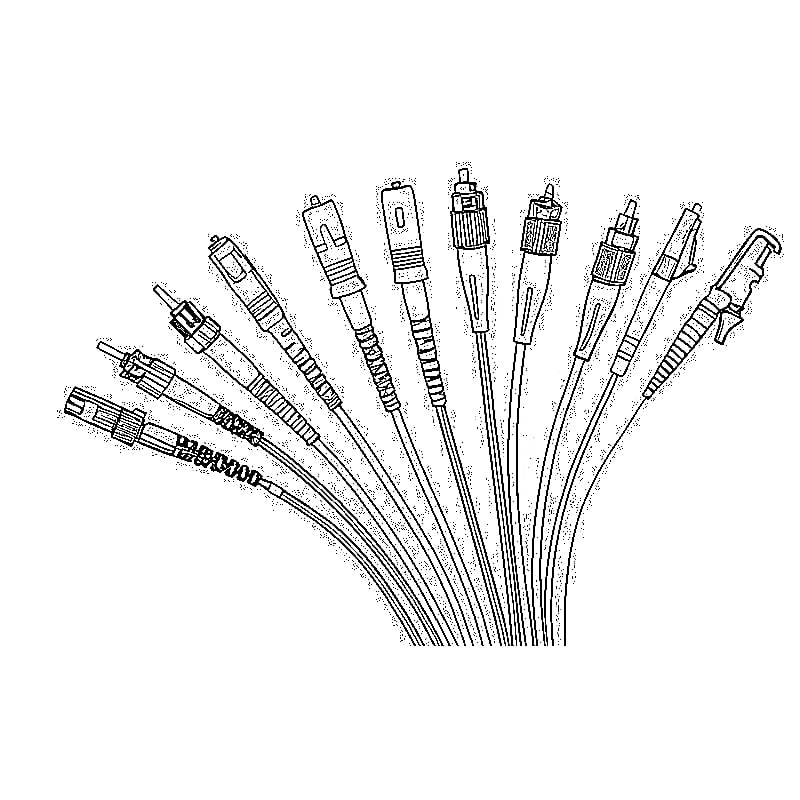


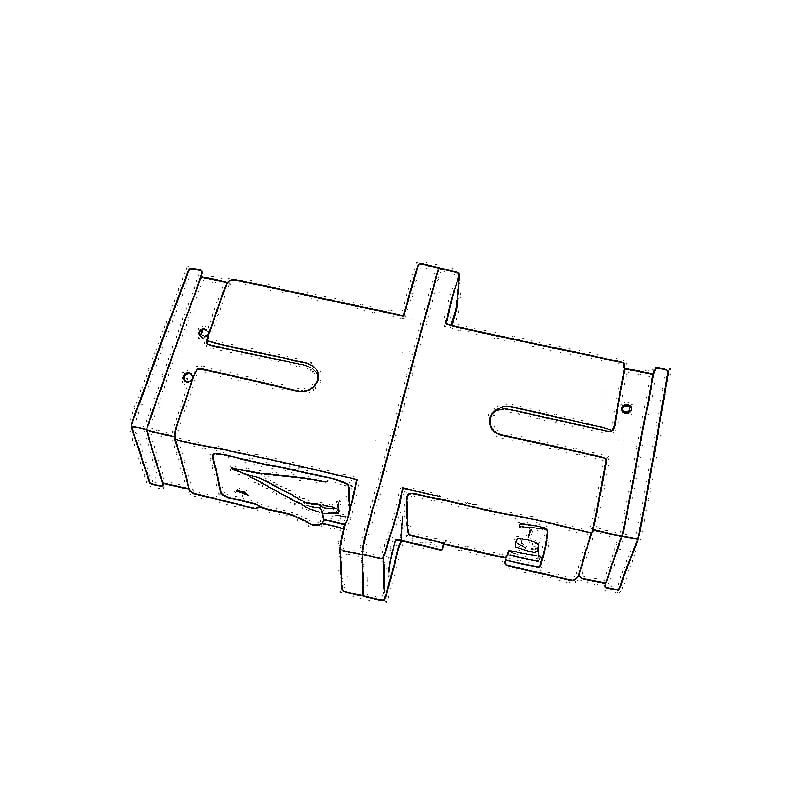
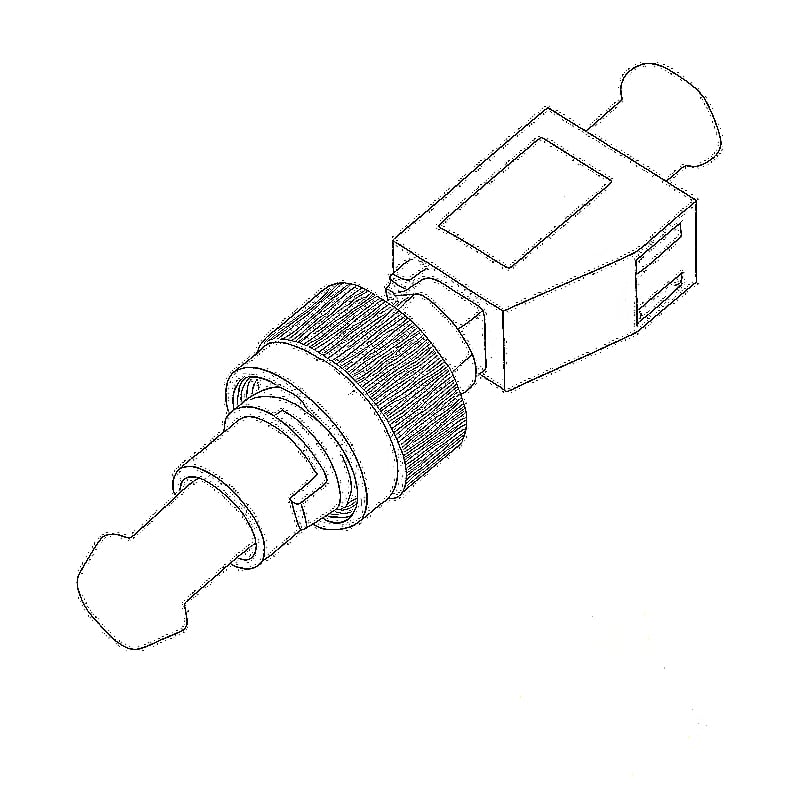
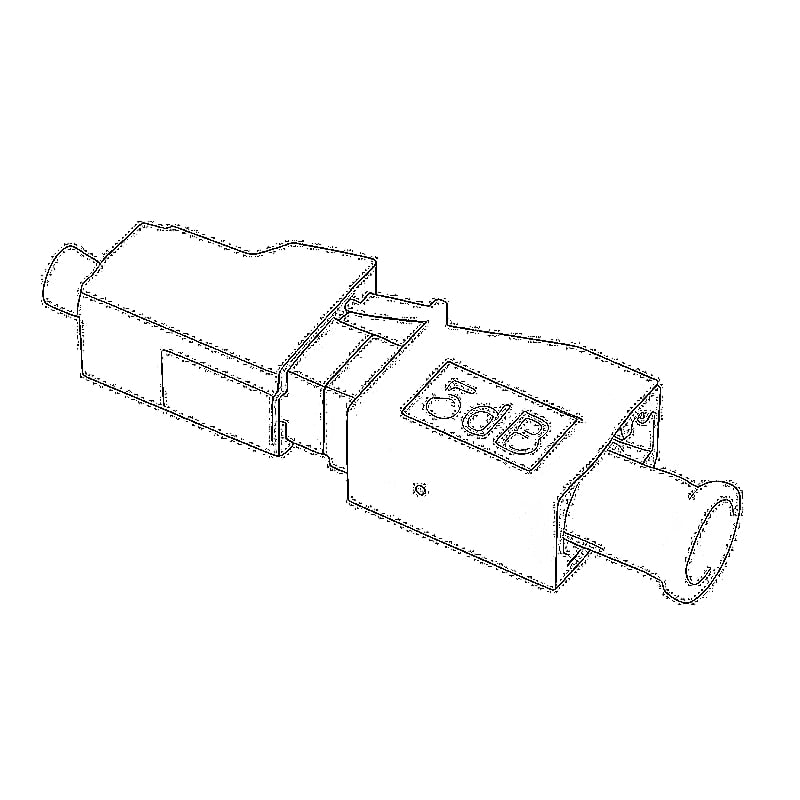

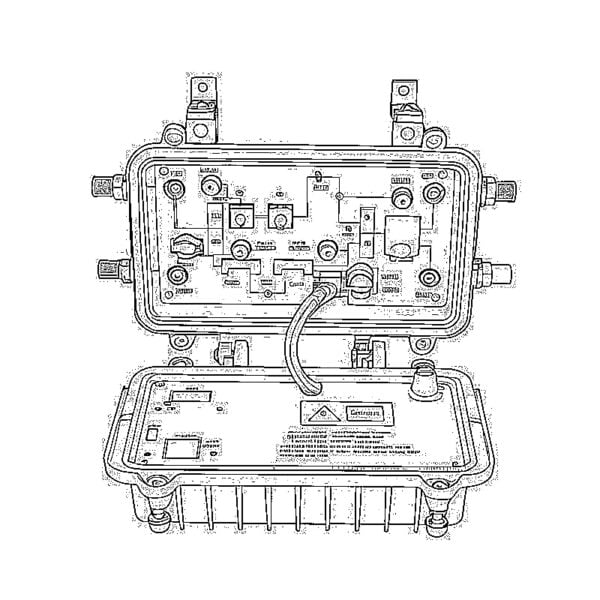
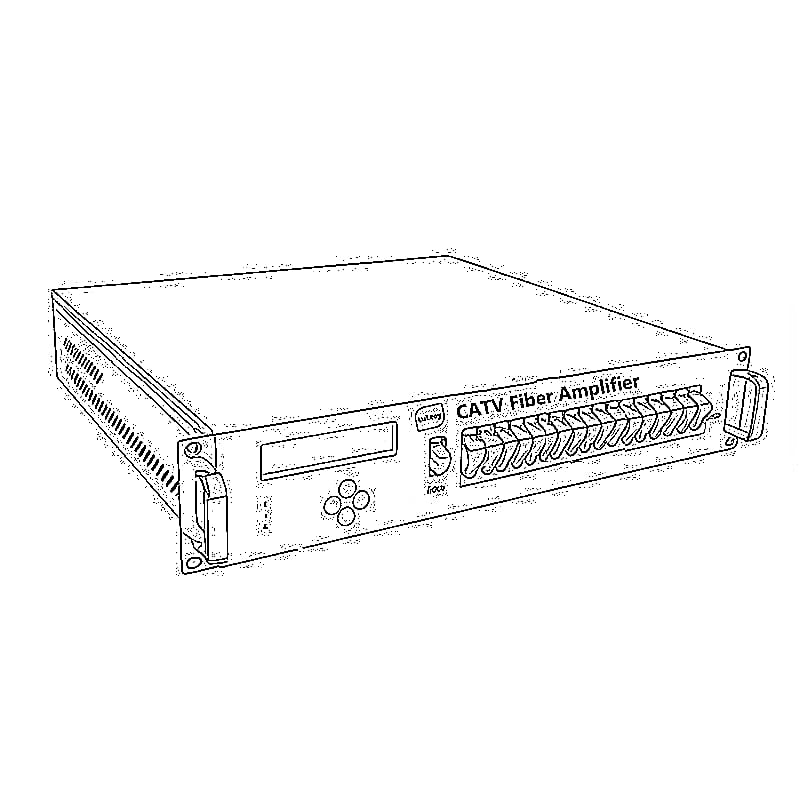
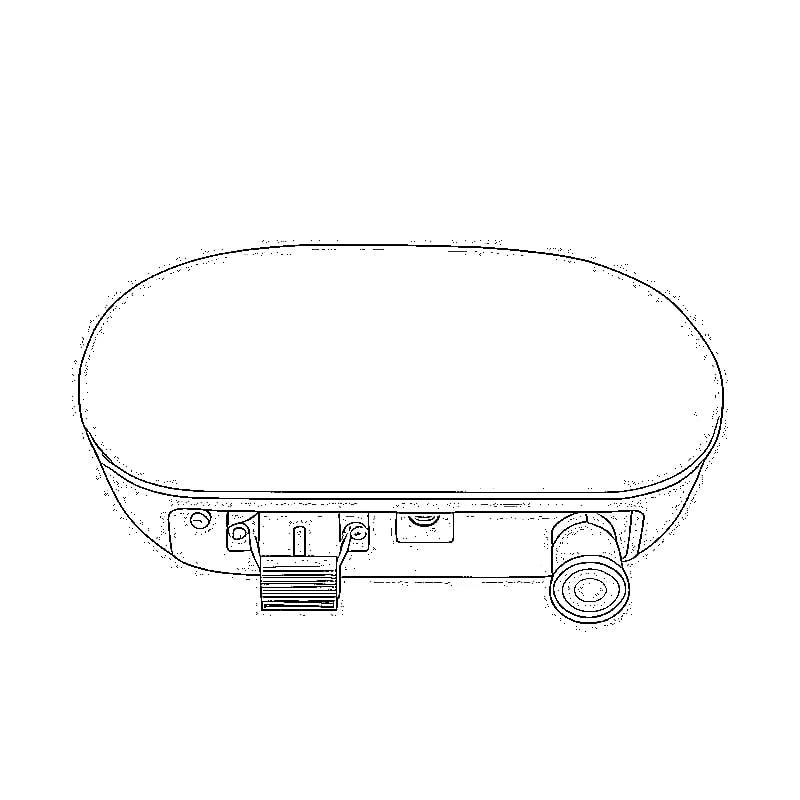
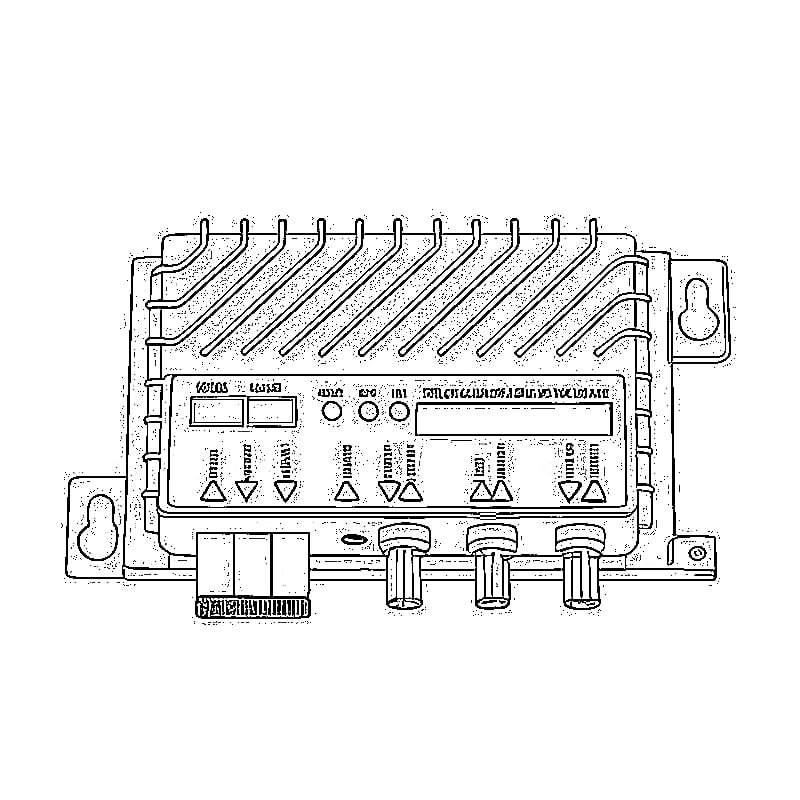

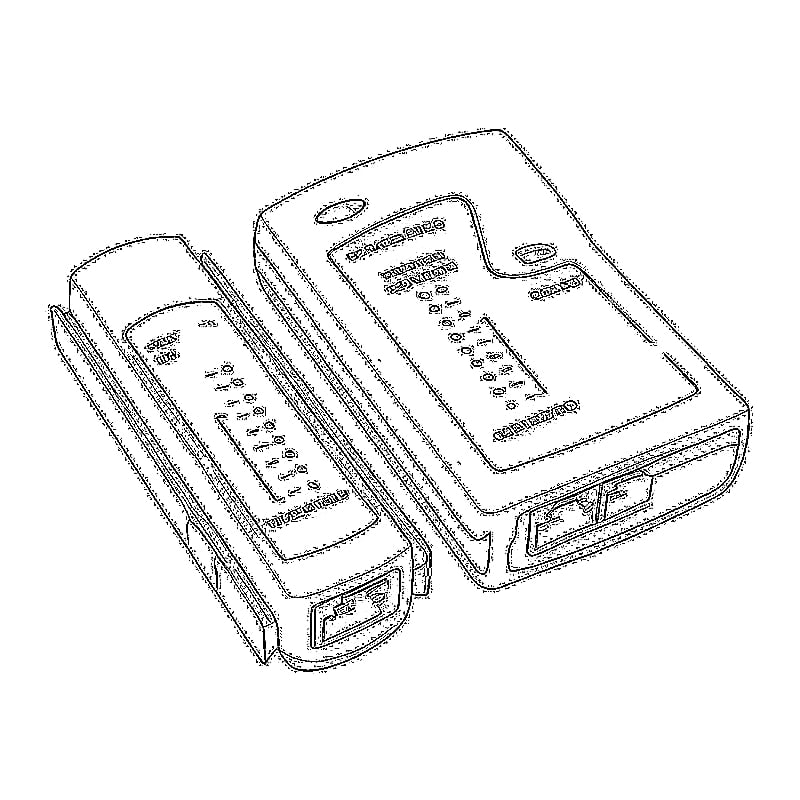
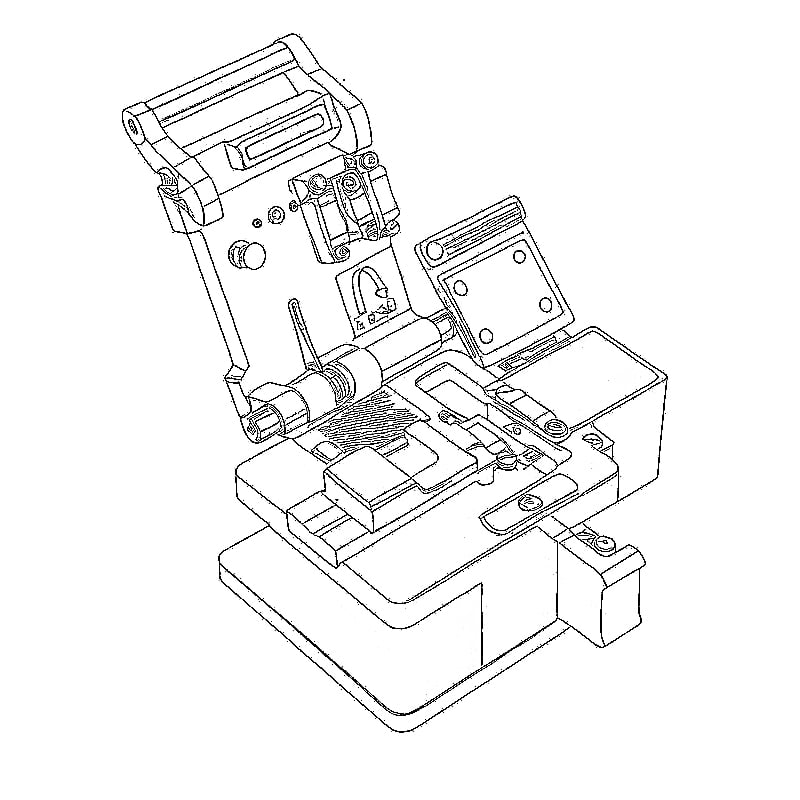

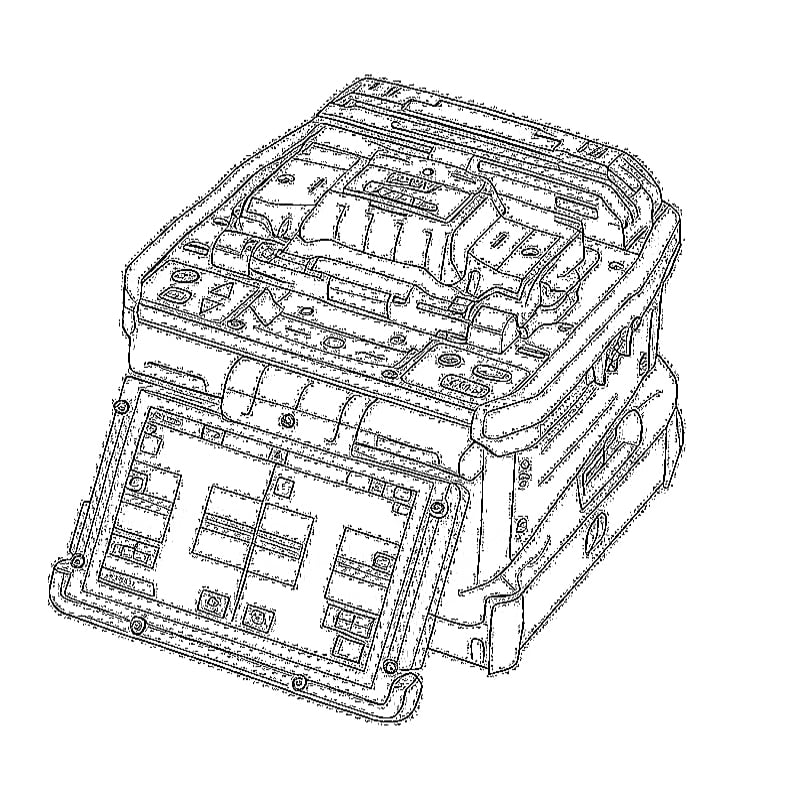


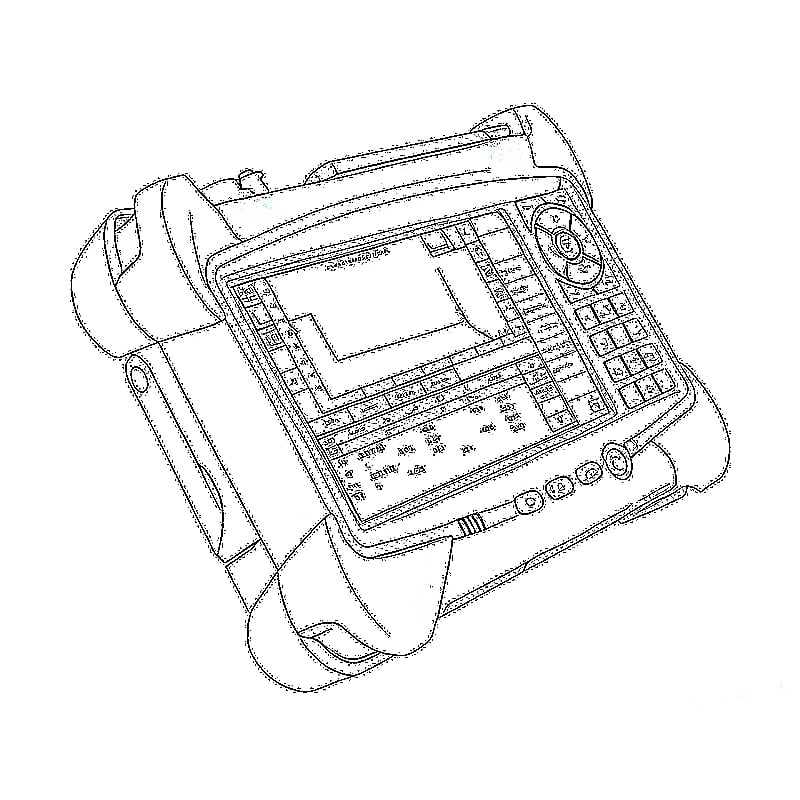
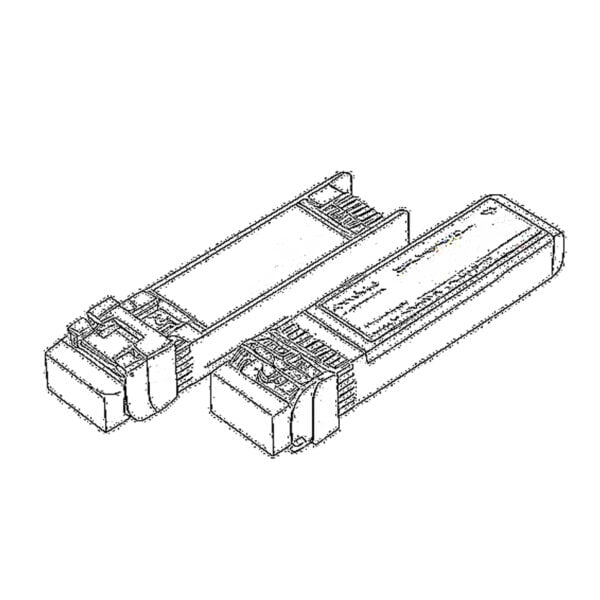 SFP/SFP+ (1G/2.5G/5G/10G)
SFP/SFP+ (1G/2.5G/5G/10G) SFP-T (1G/2.5G/10G)
SFP-T (1G/2.5G/10G) AOC Cable 10G/25G/40G/100G
AOC Cable 10G/25G/40G/100G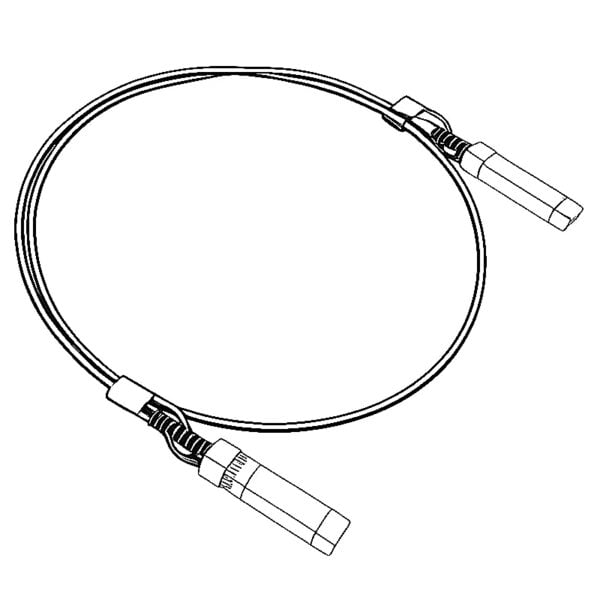 DAC Cable 10G/25G/40G/100G
DAC Cable 10G/25G/40G/100G QSFP28 QSFP+ SFP28 100G/40G/25G
QSFP28 QSFP+ SFP28 100G/40G/25G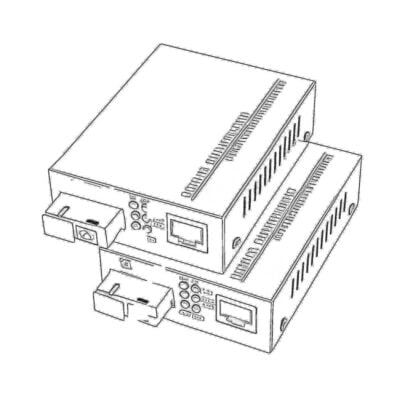 Copper to Fiber Media Converters
Copper to Fiber Media Converters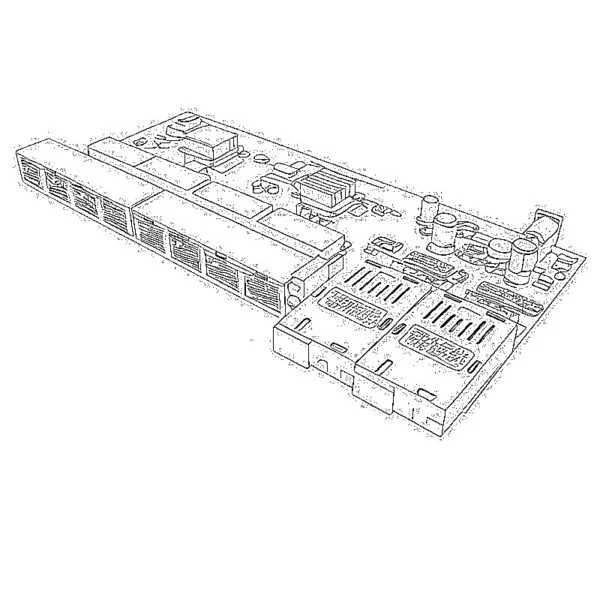 Fiber Media Converter PCBA Board
Fiber Media Converter PCBA Board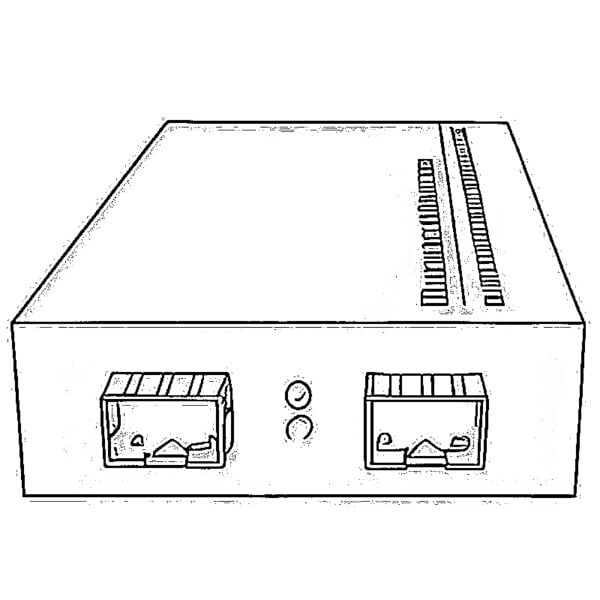 OEO Fiber Media Converters
OEO Fiber Media Converters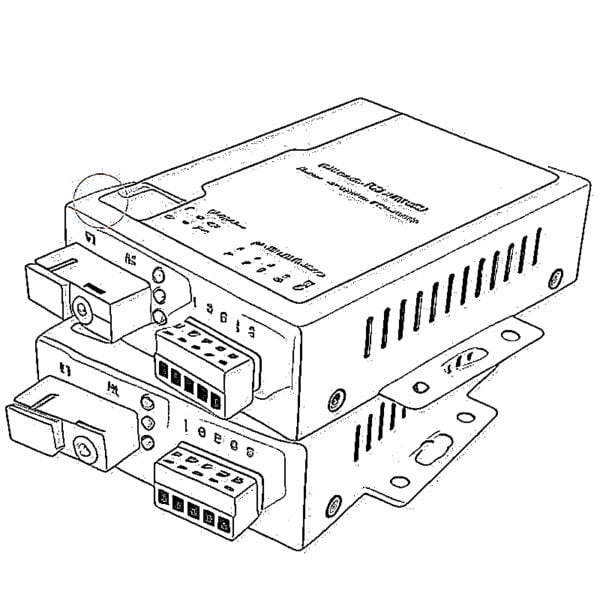 Serial to Fiber Media Converters
Serial to Fiber Media Converters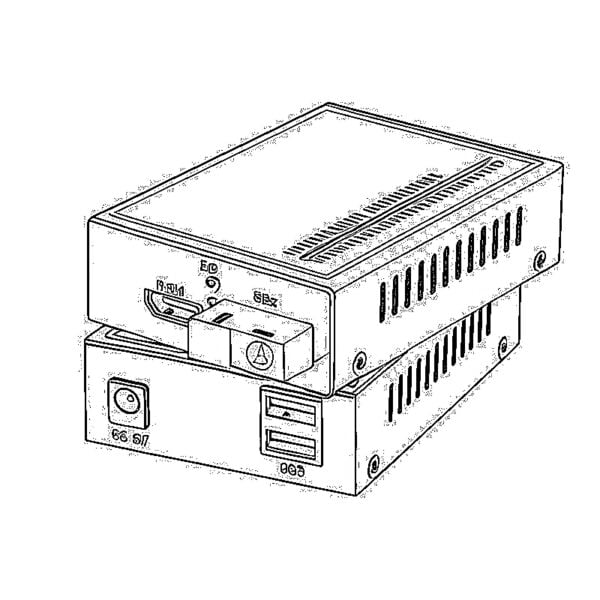 Video to Fiber Media Converters
Video to Fiber Media Converters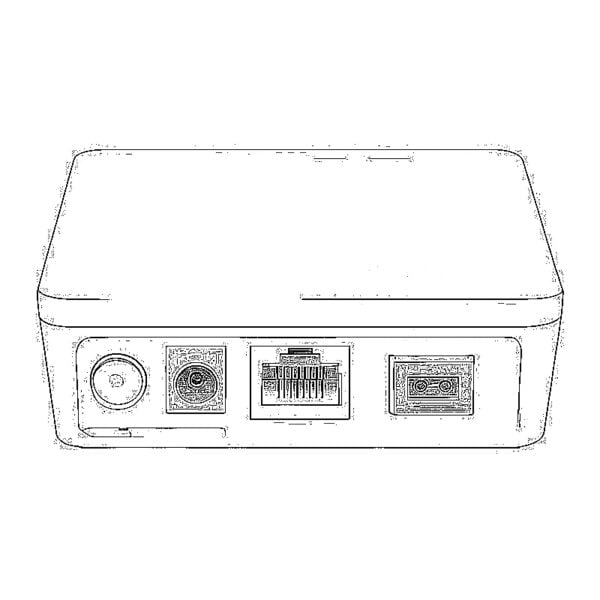 1000M GPON/EPON ONU
1000M GPON/EPON ONU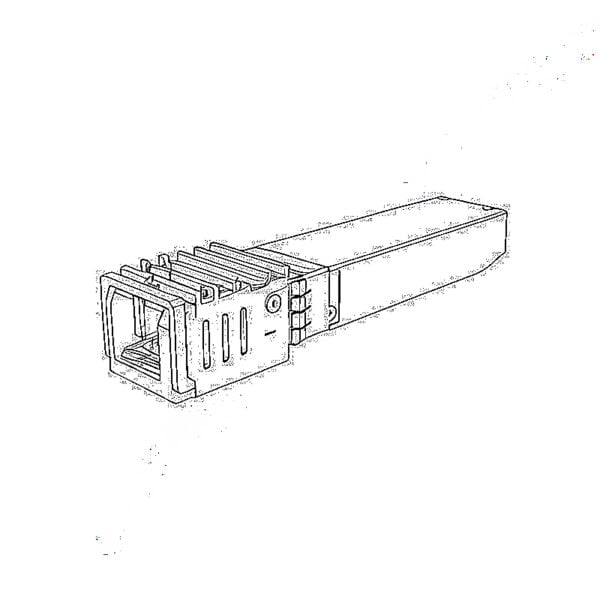 10G EPON ONU/XG-PON/XGS-PON
10G EPON ONU/XG-PON/XGS-PON 2.5G GPON/XPON STICK SFP ONU
2.5G GPON/XPON STICK SFP ONU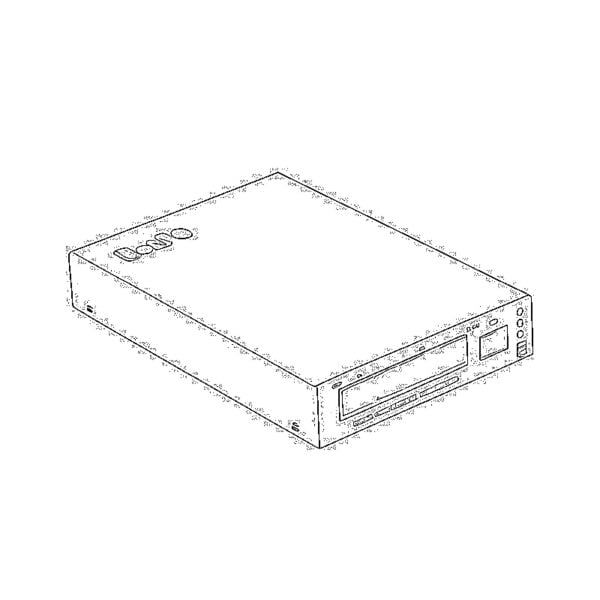 POE GPON/EPON ONU
POE GPON/EPON ONU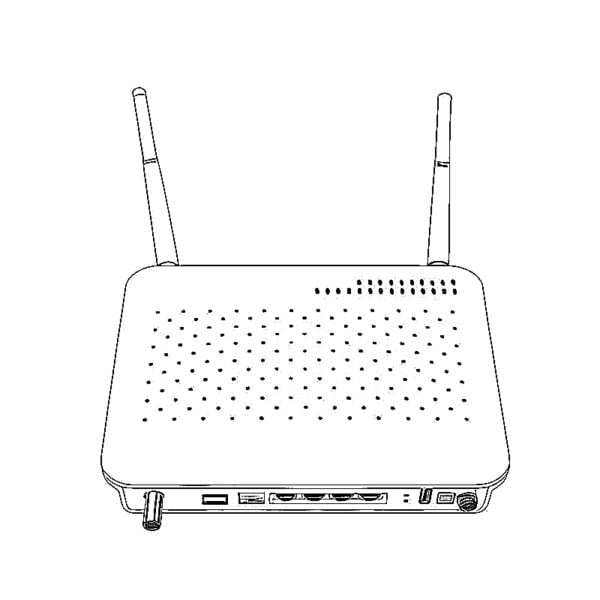 Wireless GPON/EPON ONT
Wireless GPON/EPON ONT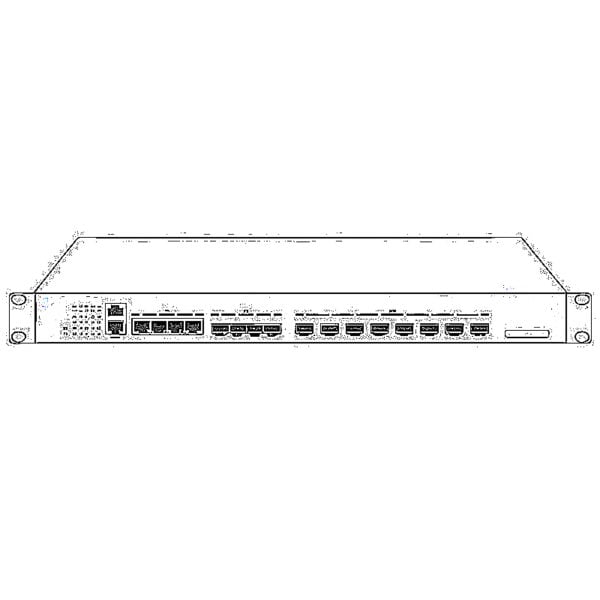 EPON OLT
EPON OLT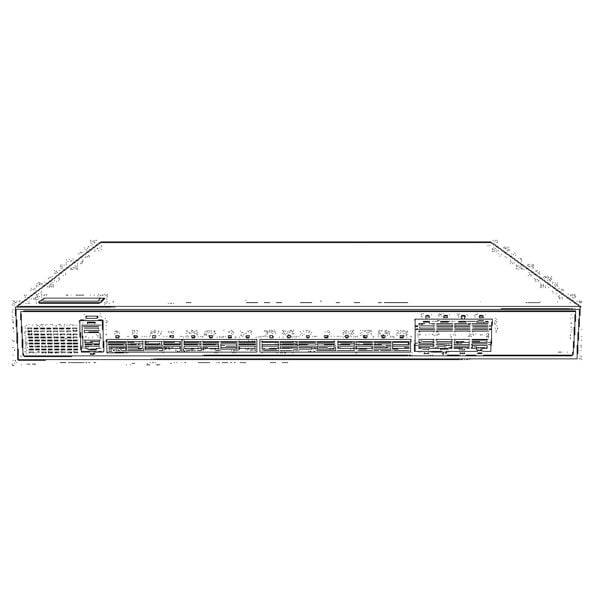 GPON OLT
GPON OLT SFP PON Module
SFP PON Module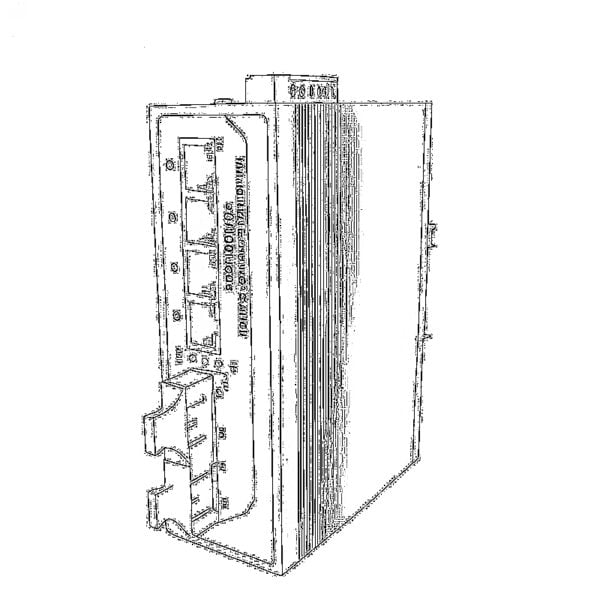 Industrial Switches
Industrial Switches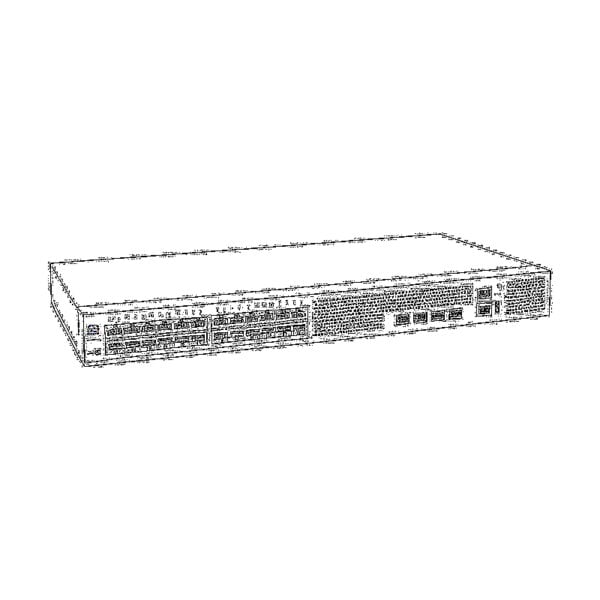 Managed Switches
Managed Switches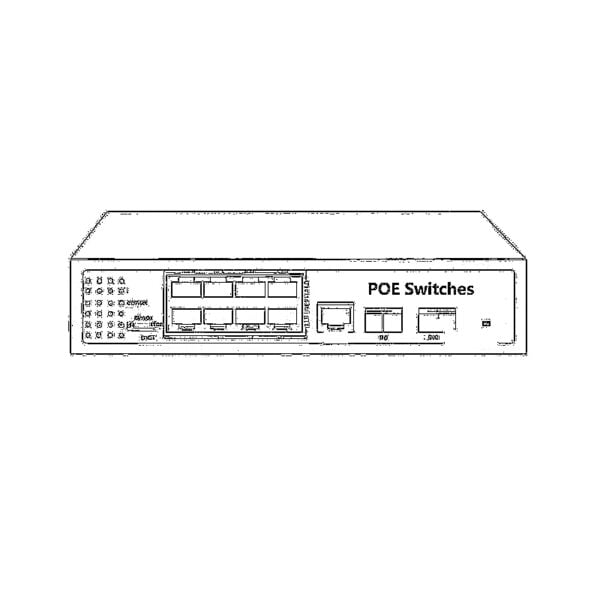 POE Switches
POE Switches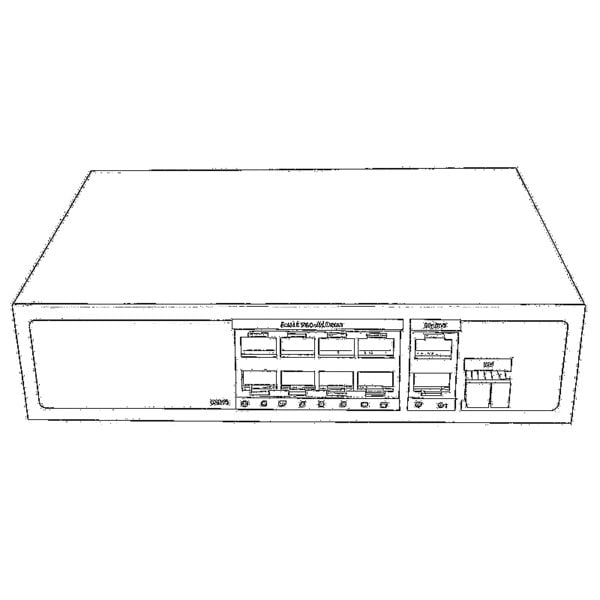 Unmanaged Switches
Unmanaged Switches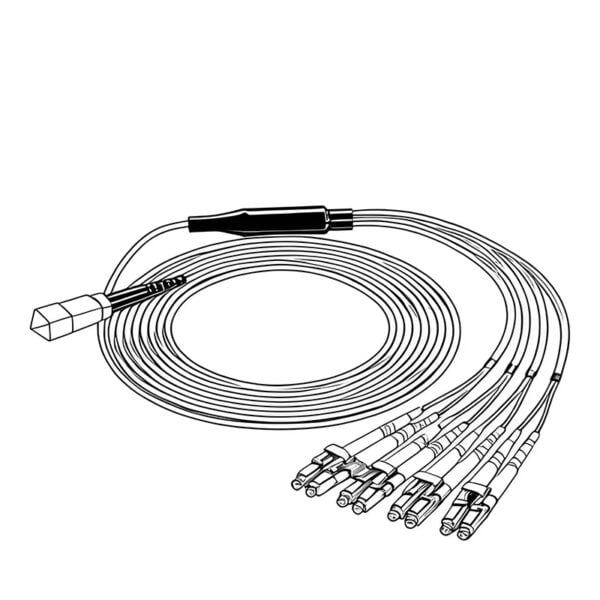 MTP/MPO Fiber Cables
MTP/MPO Fiber Cables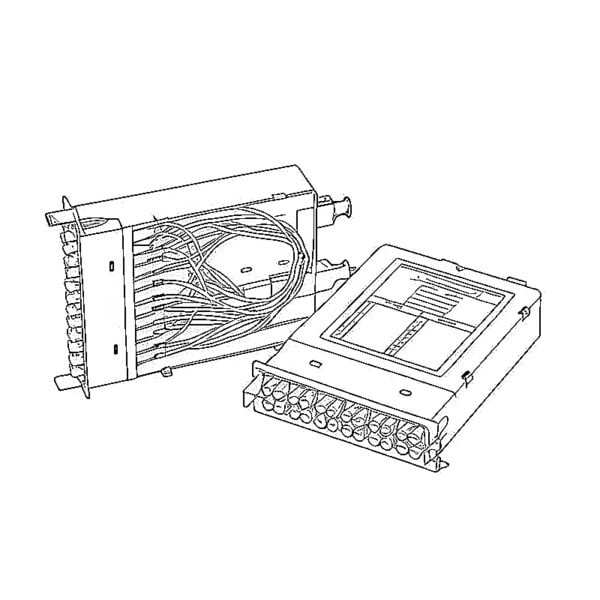 Fiber Optic Cassettes
Fiber Optic Cassettes Fiber Optic Loopback
Fiber Optic Loopback Optic Cables and Fiber Pigtails
Optic Cables and Fiber Pigtails Optical Splitters and Splitter Box
Optical Splitters and Splitter Box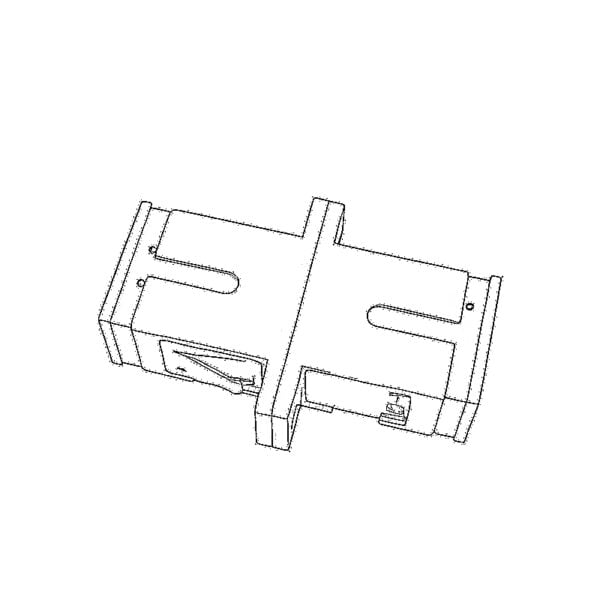 Fiber Flange Connectors
Fiber Flange Connectors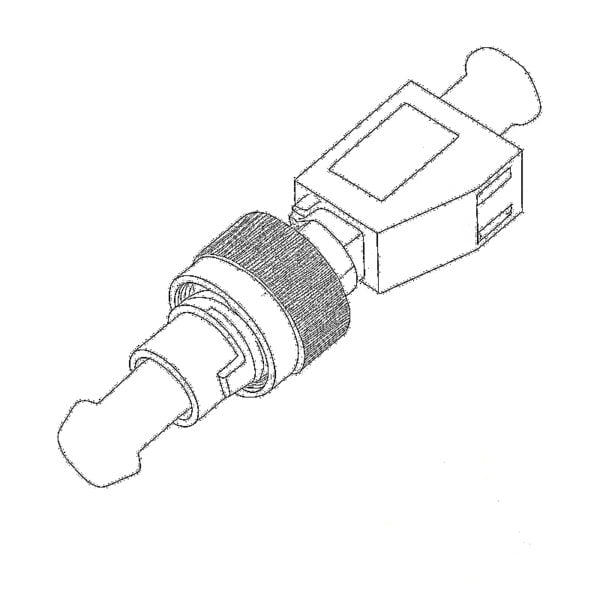 Optical Adapters
Optical Adapters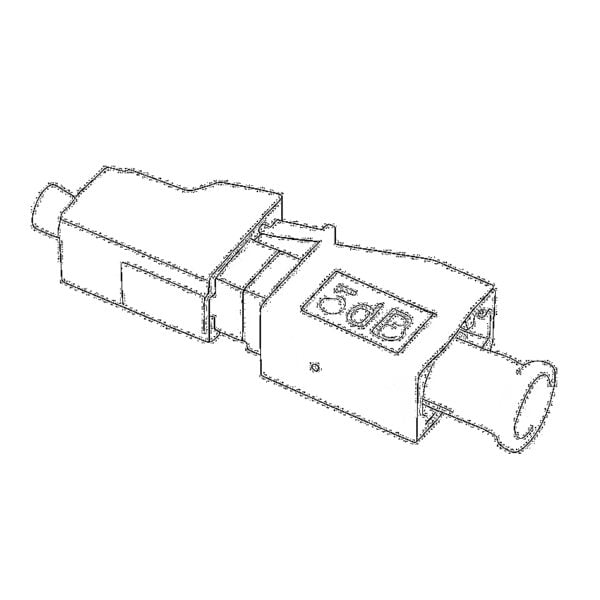 Optical Attenuator
Optical Attenuator Quick Connector and Connector Panel
Quick Connector and Connector Panel CATV Amplifier
CATV Amplifier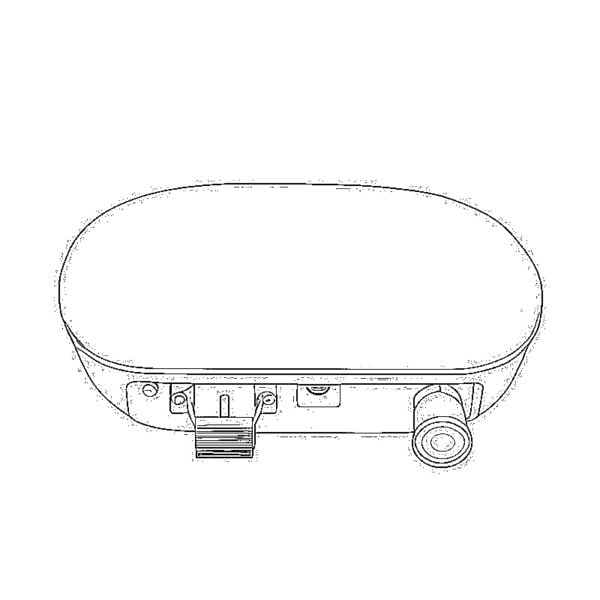 CATV Optical Receiver
CATV Optical Receiver Visual Fault Locator
Visual Fault Locator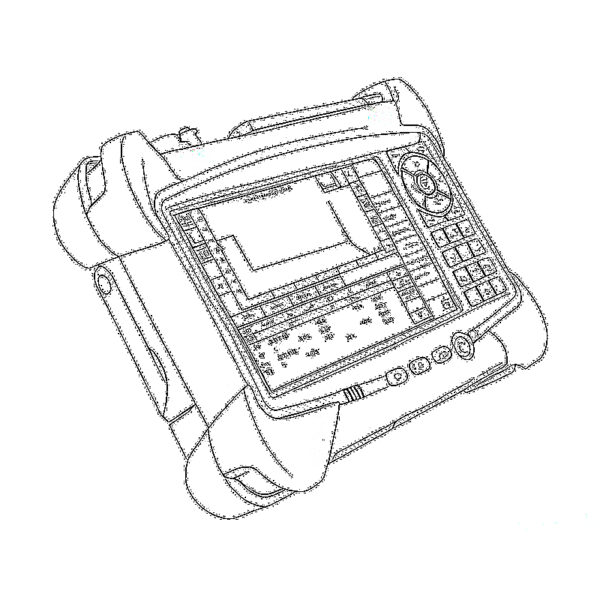 OTDR
OTDR Optical Power Meter
Optical Power Meter Fiber Optic Identifier
Fiber Optic Identifier Fiber Optic Cleaners
Fiber Optic Cleaners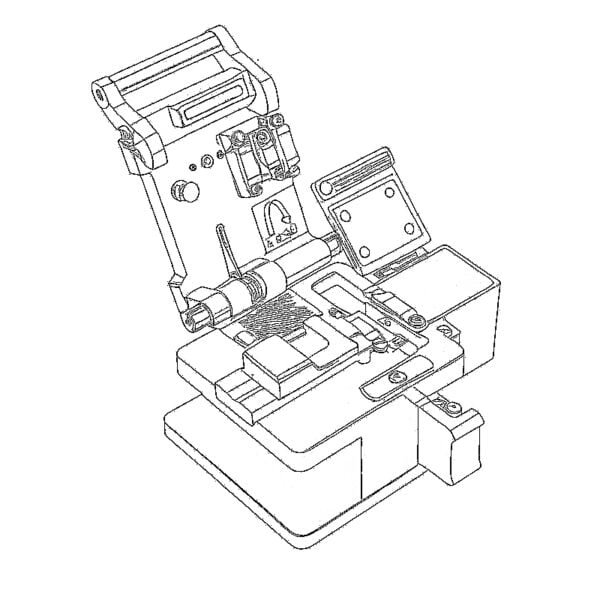 Fiber Cleavers & Fiber Strippers
Fiber Cleavers & Fiber Strippers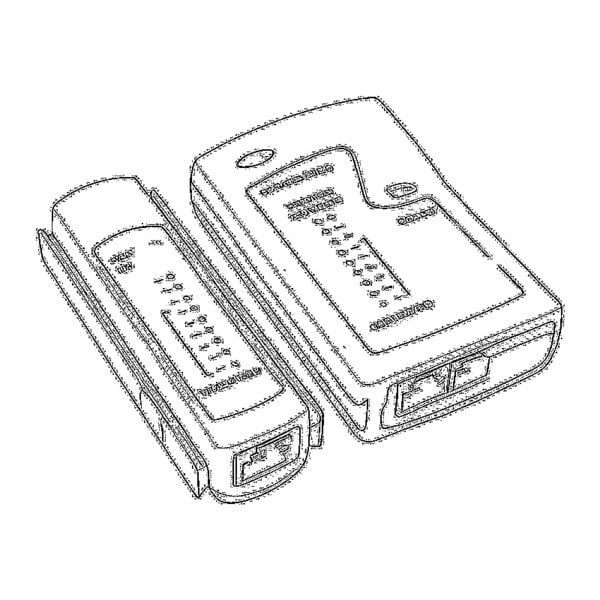 Copper Tools
Copper Tools